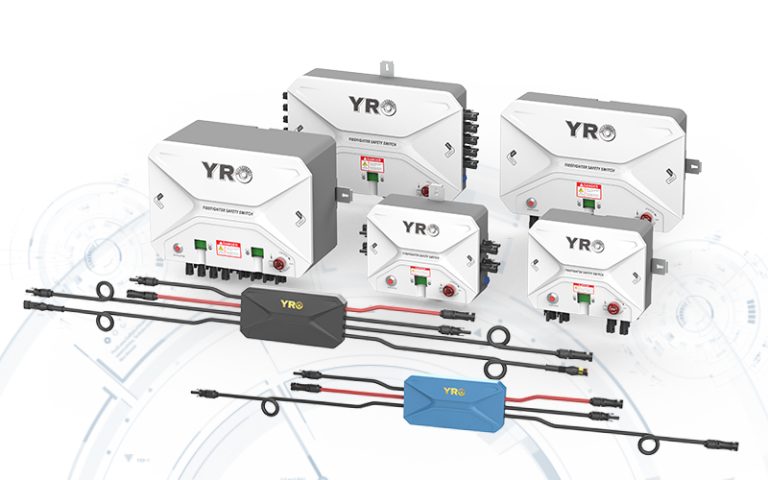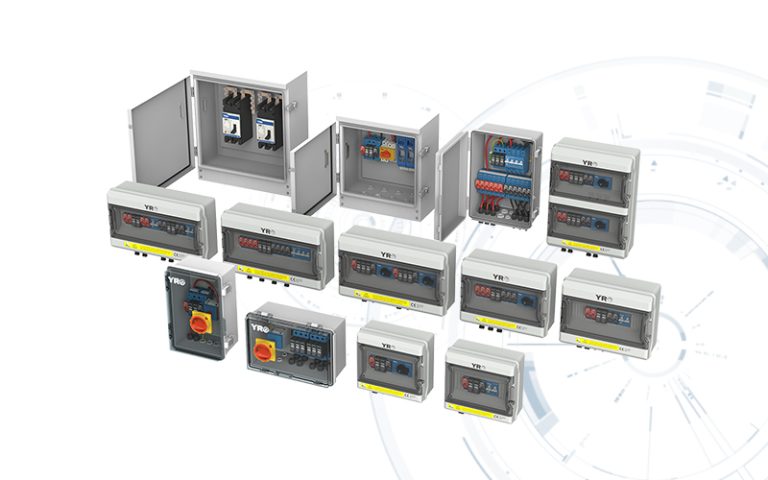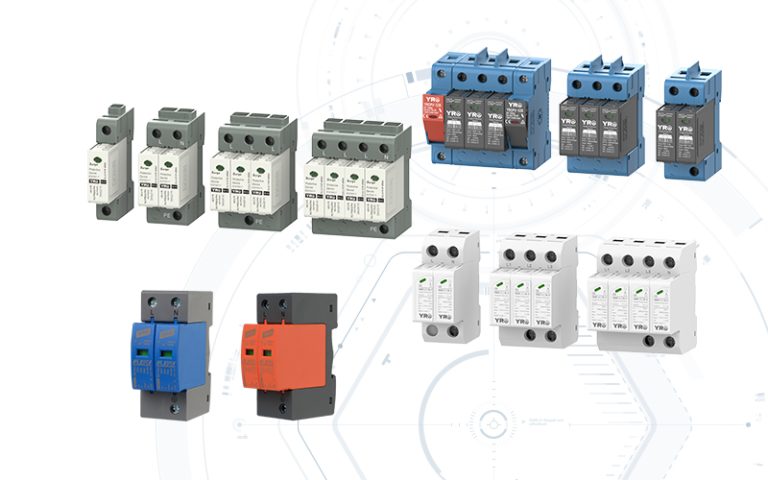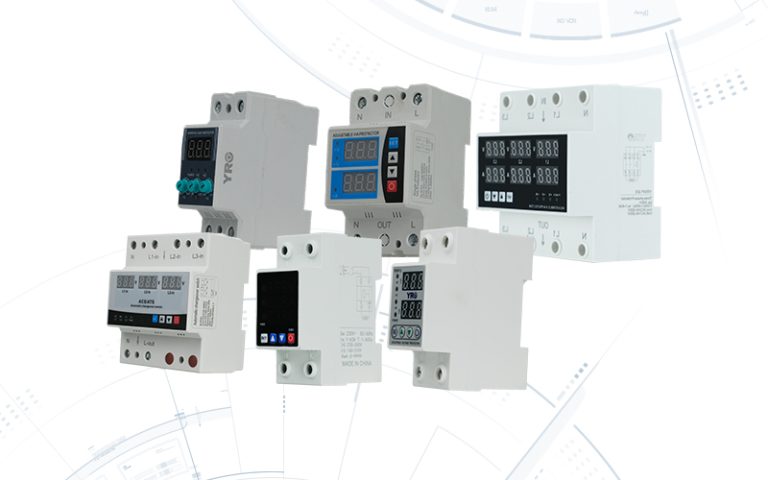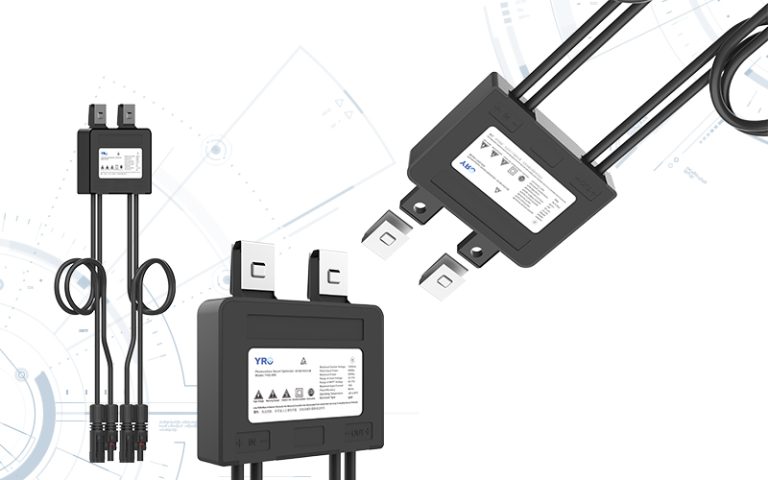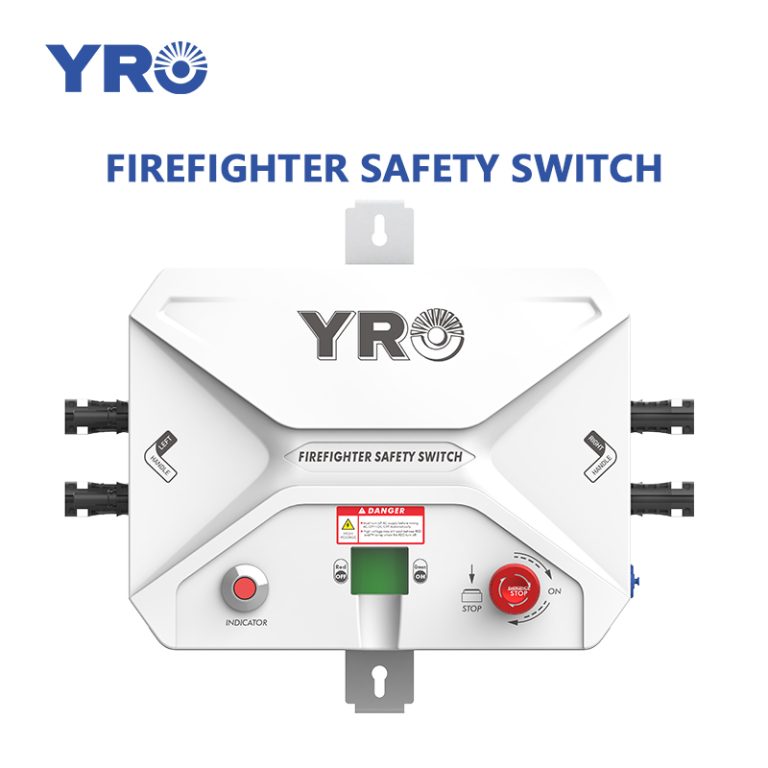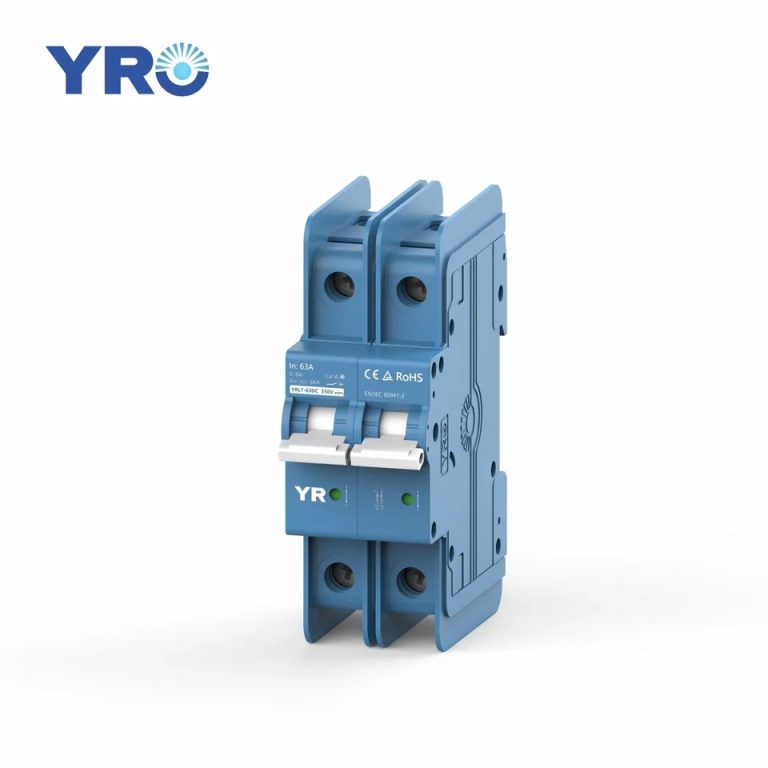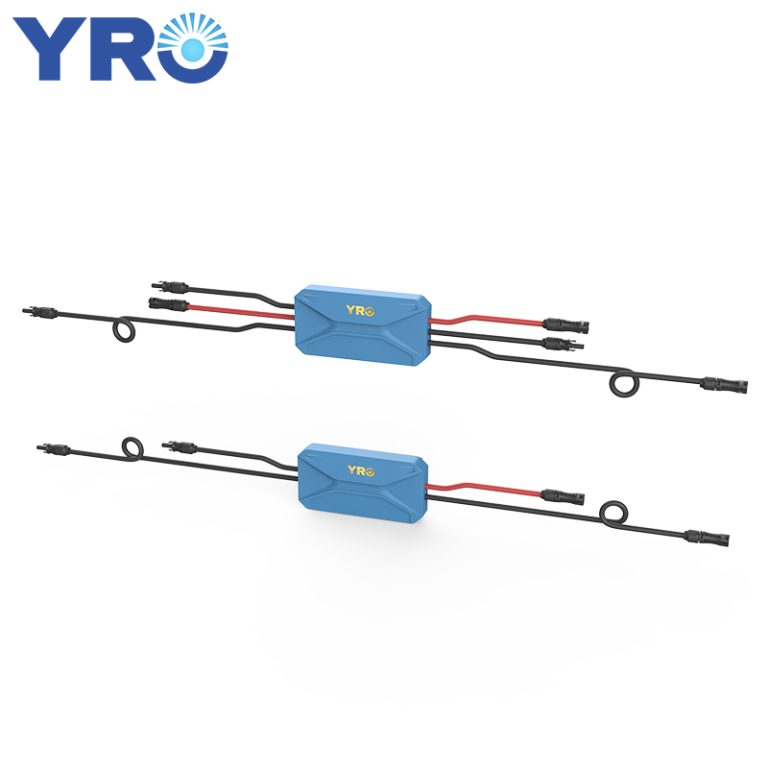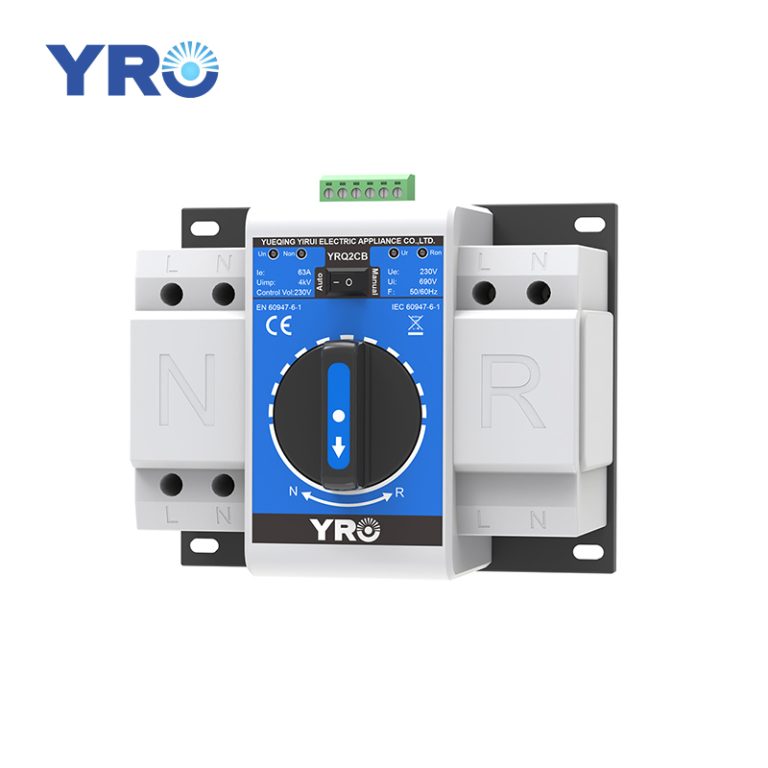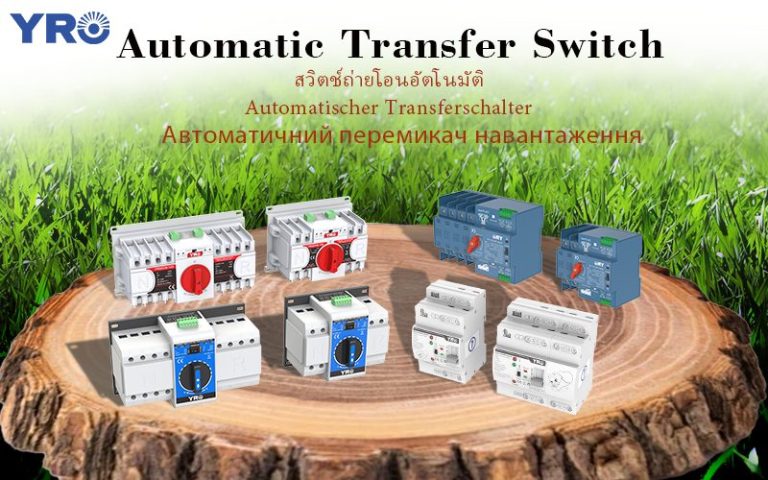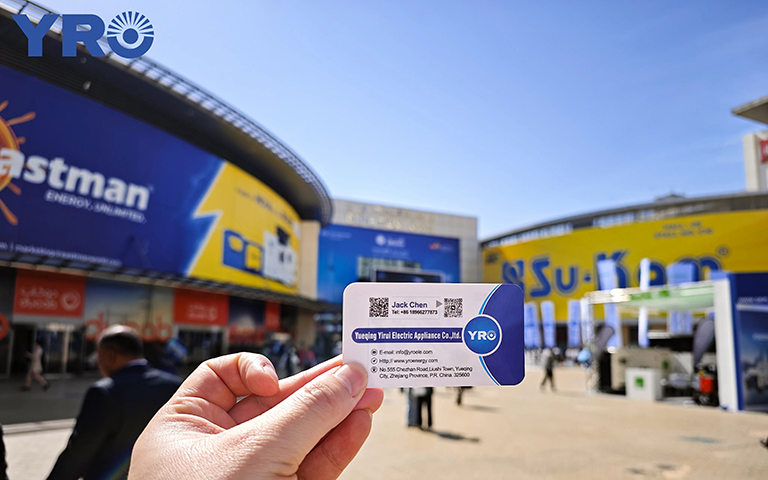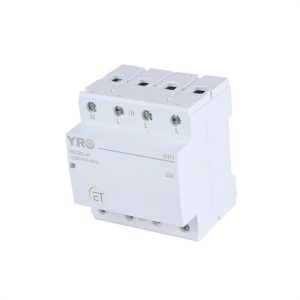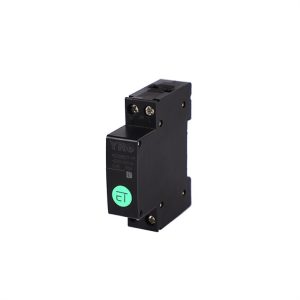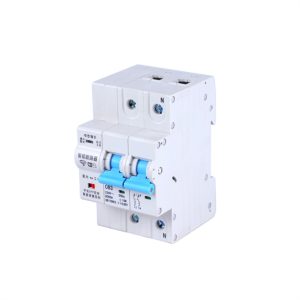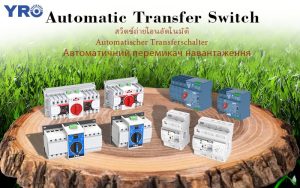
Certainly, let’s dive into the realm of component-level fast shutdown
Exploring Component-Level Fast Shutdown
In the intricate dance of technology and precision engineering, component-level fast shutdown emerges as a silent guardian, poised to swiftly mitigate risks and ensure operational integrity. Let’s delve deeper into this crucial aspect of modern systems.
Understanding the Essence
At its essence, component-level fast shutdown refers to the capability of swiftly deactivating specific components within a system in response to predetermined triggers or conditions. This capability is indispensable in scenarios where rapid intervention is required to avert potential hazards, maintain operational efficiency, or safeguard personnel and assets.
The Mechanism in Action
Picture this: within a complex network of machinery or electronic systems, a single component begins to exhibit anomalous behavior or poses a safety risk. With component-level fast shutdown technology in place, sensors detect the anomaly and trigger an immediate response. This response could involve isolating the problematic component, cutting off power supply, or activating fail-safe mechanisms, all within fractions of a second.
Key Features and Benefits
Swift Response Time: In the blink of an eye, component-level fast shutdown technology springs into action, minimizing downtime and averting potential disasters.
Precision Control: Rather than shutting down entire systems, this technology enables targeted intervention, preserving functionality where it’s needed while isolating issues.
Enhanced Safety: By swiftly addressing anomalies or hazards at the component level, this technology enhances workplace safety and reduces the risk of accidents or injuries.
Operational Continuity: By preventing cascading failures or mitigating risks proactively, fast shutdown technology ensures uninterrupted operations and maintains productivity levels.
Cost Savings: Beyond safeguarding personnel and assets, fast shutdown capabilities can also result in cost savings by minimizing damage to equipment and reducing downtime.
Applications Across Industries
Manufacturing: From automated production lines to robotics, fast shutdown technology ensures safe and efficient operations in manufacturing environments.
Energy: In power generation and distribution, fast shutdown capabilities are vital for preventing equipment damage and ensuring grid stability.
Transportation: In automotive, aerospace, and railway sectors, fast shutdown systems enhance vehicle safety and reliability, protecting passengers and cargo.
Data Centers: In the realm of IT infrastructure, fast shutdown mechanisms safeguard against overheating or electrical faults, preserving data integrity and service continuity.
Understanding Component-Level Fast Shutdown Technology
In the bustling landscape of modern technology, component-level fast shutdown technology stands as a sentinel against potential hazards and efficiency lapses. At its core, this technology empowers systems to swiftly and precisely deactivate specific components in response to predetermined triggers. Whether it’s an unforeseen fault, a safety concern, or a strategic operational adjustment, this capability ensures agile and targeted responses, safeguarding both equipment and personnel.

Key Features and Benefits
Rapid Response: Component-level fast shutdown technology boasts near-instantaneous reaction times, minimizing downtime and mitigating risks associated with malfunctioning or compromised components.
Precision Control: With granular control over individual components, businesses can optimize operations with surgical precision, enhancing efficiency and resource allocation.
Safety Enhancement: By swiftly isolating malfunctioning components, this technology enhances workplace safety, reducing the likelihood of accidents and mitigating potential hazards.
Resource Optimization: Through targeted shutdowns, businesses can minimize resource wastage, extending the lifespan of critical components and reducing maintenance costs.
Adaptability: Flexibility is key. Component-level fast shutdown technology offers customizable configurations, adaptable to diverse operational requirements and evolving industry standards.
Conclusion
In an era defined by technological complexity and relentless innovation, component-level fast shutdown technology emerges as a critical enabler of safety, efficiency, and reliability across industries. By combining rapid response times with precision control, businesses can navigate challenges with confidence, ensuring seamless operations and peace of mind in an ever-evolving landscape.

